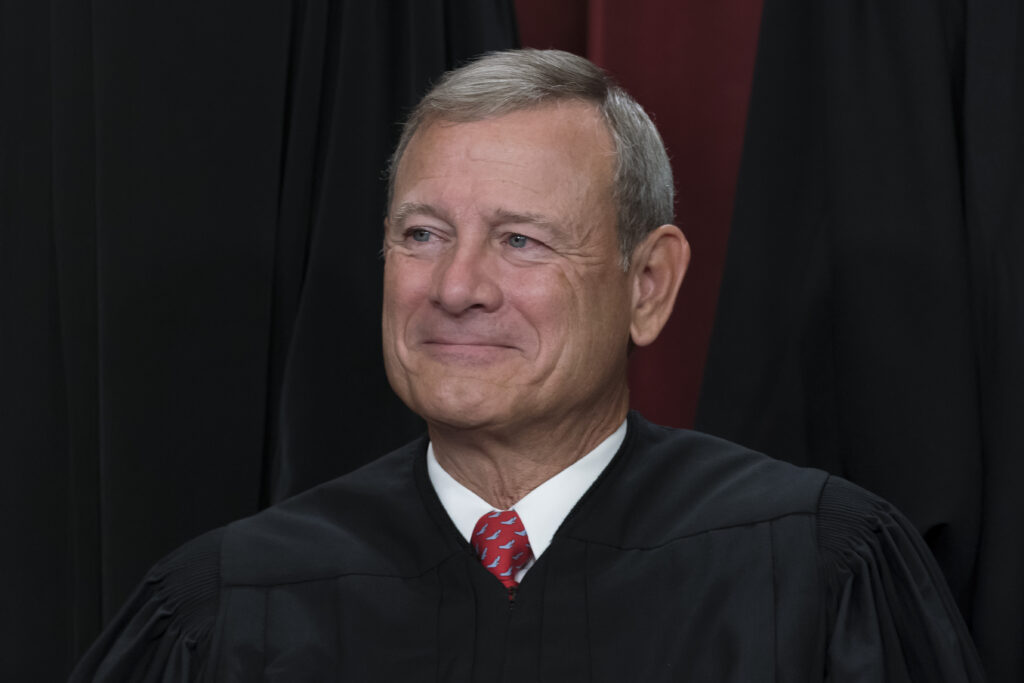With security threats to Supreme Court justices still fresh memories, Chief Justice John Roberts on Saturday praised programs that protect judges, saying that “we must support judges by ensuring their safety.” The Associated Press has the story:
Chief justice: Judges safety essential to court system
Newslooks- WASHINGTON (AP)
With security threats to Supreme Court justices still fresh memories, Chief Justice John Roberts on Saturday praised programs that protect judges, saying that “we must support judges by ensuring their safety.”
Roberts and other conservative Supreme Court justices were the subject of protests, some at their homes, after the May leak of the court’s decision that ultimately stripped away constitutional protections for abortion. Justice Samuel Alito has said that the leak made conservative justices “targets for assassination.” And in June, a man carrying a gun, knife and zip ties was arrested near Justice Brett Kavanaugh’s house after threatening to kill the justice, whose vote was key to overturning the court’s Roe v. Wade decision.
Roberts, writing in an annual year-end report about the federal judiciary, did not specifically mention the abortion decision, but the case and the reaction to it seemed clearly on his mind.
“Judicial opinions speak for themselves, and there is no obligation in our free country to agree with them. Indeed, we judges frequently dissent — sometimes strongly — from our colleagues’ opinions, and we explain why in public writings about the cases before us,” Roberts wrote.
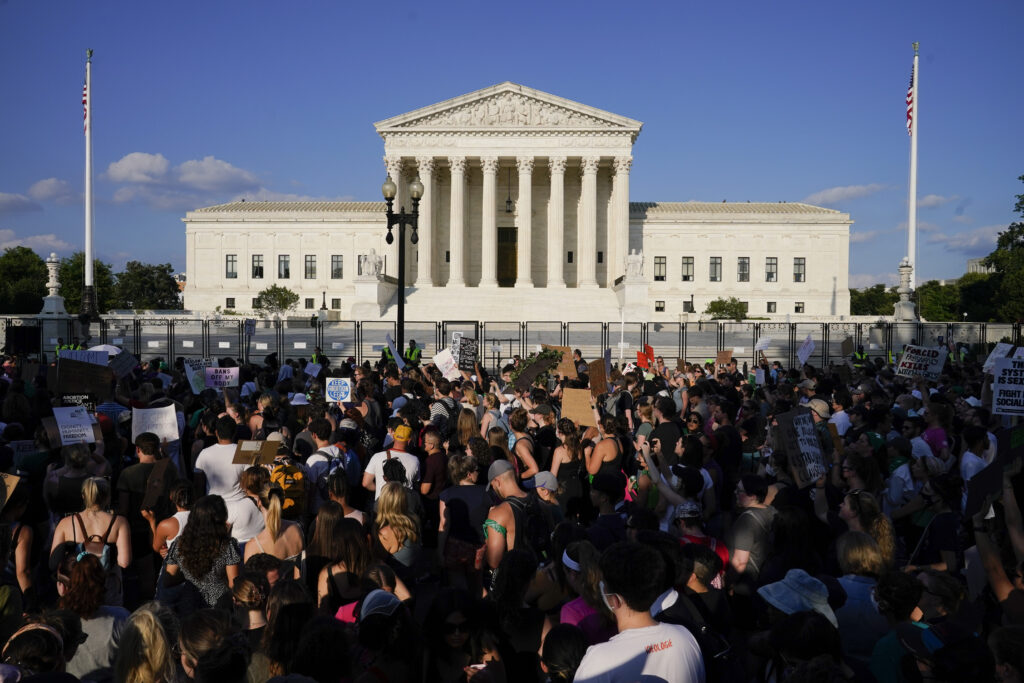
Polls following the abortion decision show public trust in the court is at historic lows. And two of Roberts’ liberal colleagues who dissented in the abortion case, Justices Elena Kagan and Sonia Sotomayor, have said the court needs to be concerned about overturning precedent and appearing political.
After the leak and threat to Kavanaugh, lawmakers passed legislation increasing security protection for the justices and their families. Separately, in December, lawmakers passed legislation protecting the personal information of federal judges including their addresses.
The law is named for the son of U.S. District Judge Esther Salas, 20-year-old Daniel Anderl, who was killed at the family’s New Jersey home by a man who previously had a case before her.
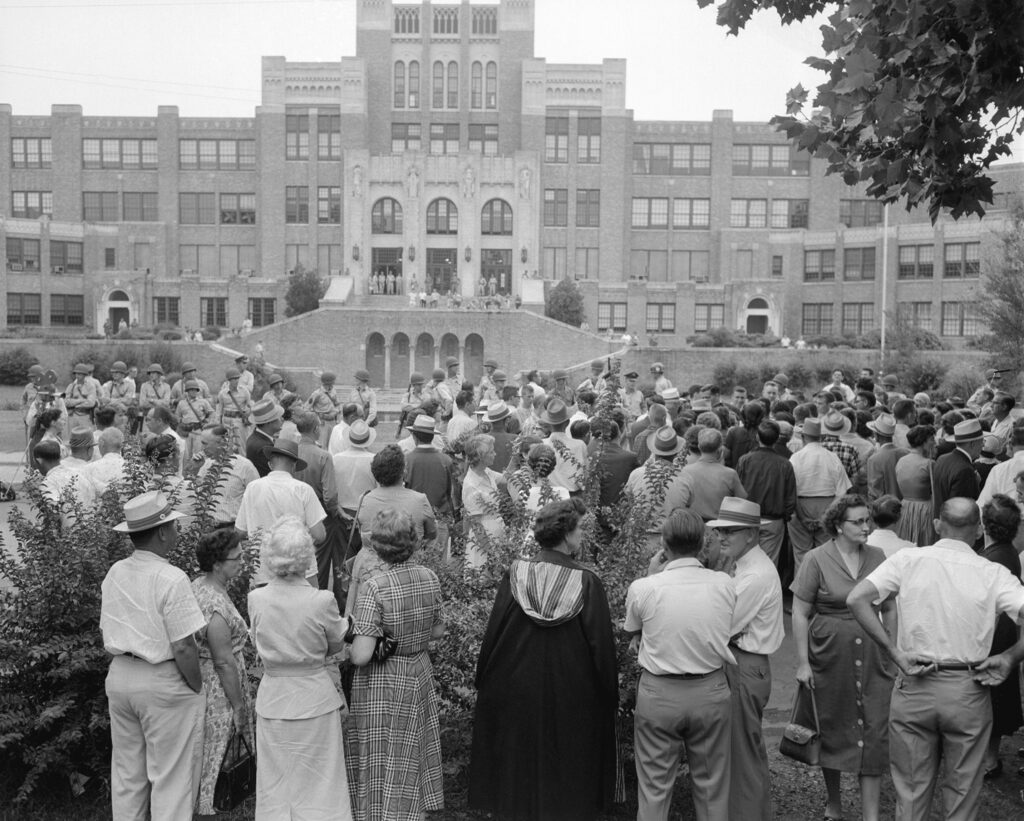
Roberts thanked members of Congress “who are attending to judicial security needs.” And he said programs that protect judges are “essential to run a system of courts.”
In writing about judicial security, Roberts told the story of Judge Ronald N. Davies, who in September 1957 ordered the integration of Little Rock Central High School in Arkansas. Davies’ decision followed the Supreme Court’s Brown v. Board of Education ruling that segregated schools were unconstitutional and rejected Arkansas Gov. Orval Faubus’ attempt to stop school integration.
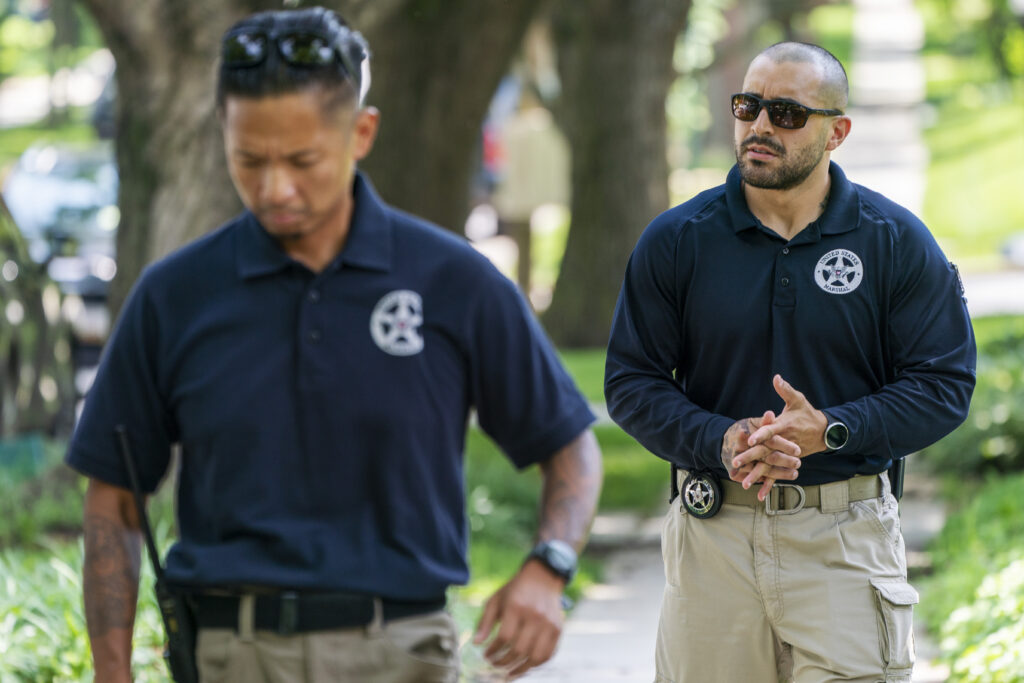
Davies “was physically threatened for following the law,” but the judge was “uncowed,” Roberts said.
“A judicial system cannot and should not live in fear. The events of Little Rock teach about the importance of rule by law instead of by mob,” he wrote.
Roberts noted that officials are currently working to replicate the courtroom Davies presided over in 1957. Roberts said the judge’s bench used by Davies and other artifacts from the courtroom have been preserved and will be installed in the re-created courtroom in a federal courthouse in Little Rock “so that these important artifacts will be used to hold court once again.”
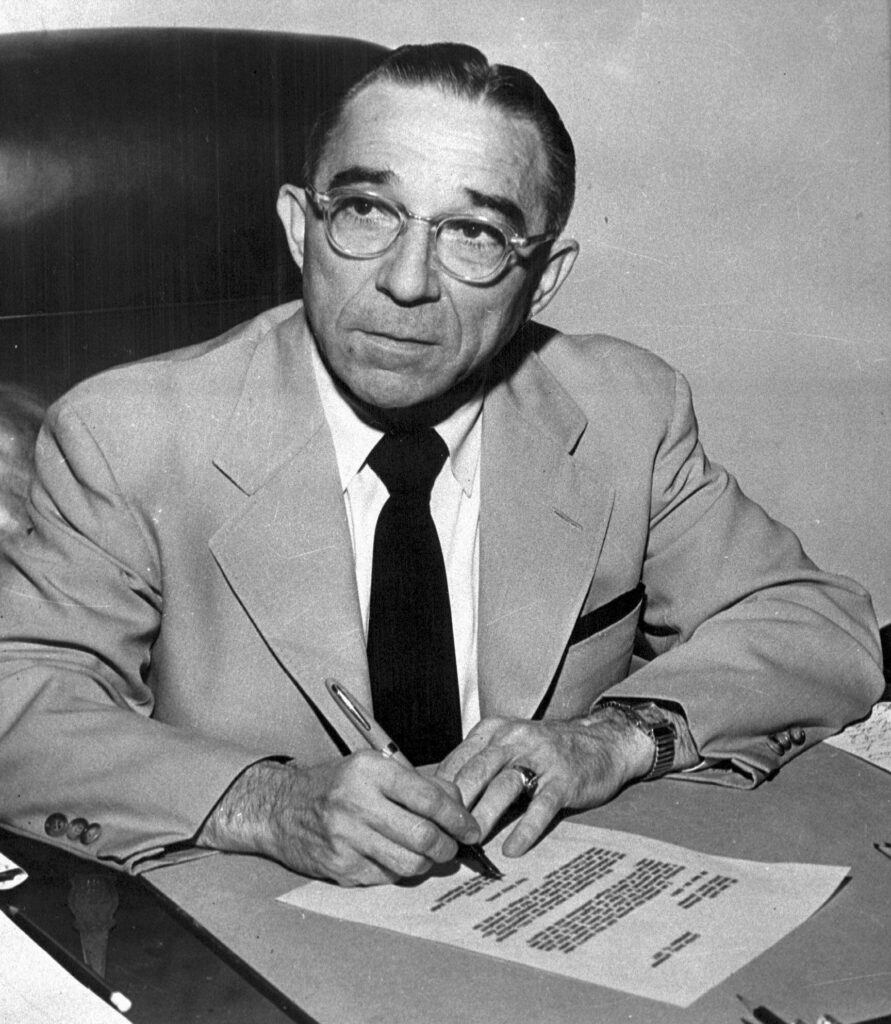
Before that happens, however, the judge’s bench will be on display as part of an exhibit at the Supreme Court beginning in the fall and for the next several years, he said.
“The exhibit will introduce visitors to how the system of federal courts works, to the history of racial segregation and desegregation in our country, and to Thurgood Marshall’s towering contributions as an advocate,” Roberts said. Marshall, who argued Brown v. Board of Education, became the Supreme Court’s first Black justice in 1967.
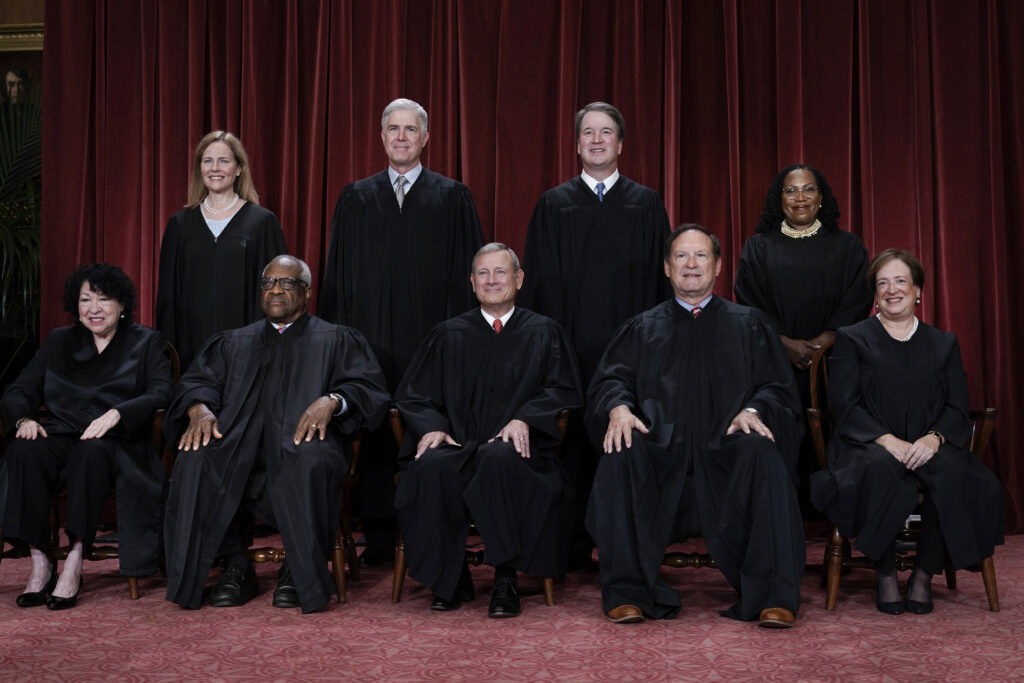
The Supreme Court is still grappling with complicated issues involving race. Two cases this term deal with affirmative action, and the court’s conservative majority is expected to use them to reverse decades of decisions that allow colleges to take account of race in admissions. In another case, the justices could weaken the federal Voting Rights Act of 1965, the crown jewel of the civil rights movement.
The justices will hear their first arguments of 2023 on Jan. 9.

